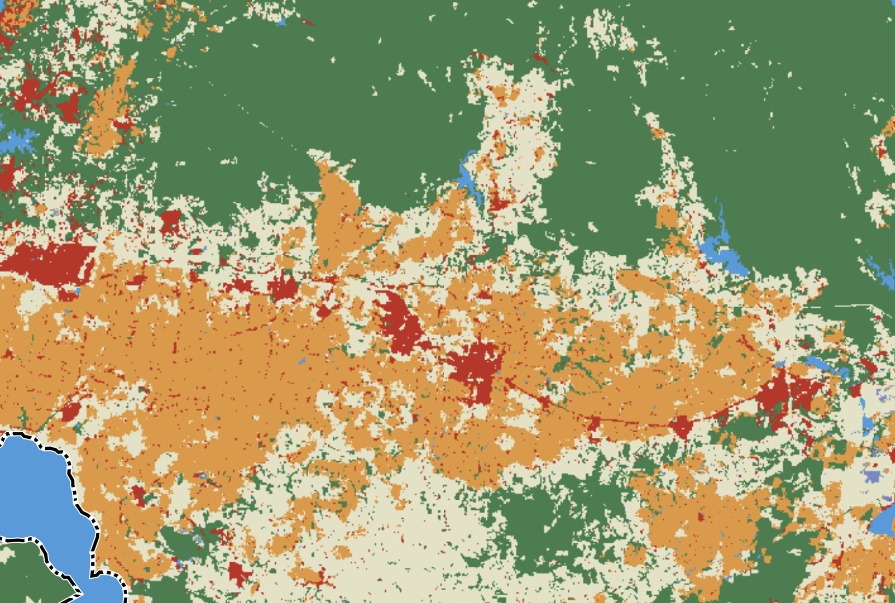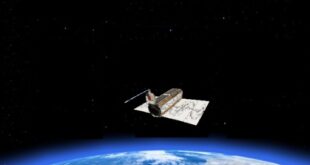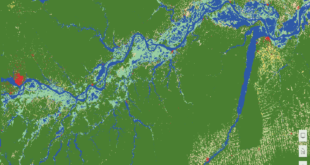
Ibadan, 10 July 2023. – Impact Observatory has partnered with Planet Labs to use AI-powered analytics to monitor land cover and land use (LULC) on top of Planet’s high-frequency, medium- and high-resolution satellite data. Automated analytics are core to helping customers better understand changes and anticipate threats at previously unobtainable speed and scale.
Speaking on the partnership, Steve Brumby, Co-founder and CEO of Impact Observatory. said, “With AI-powered on-demand monitoring from Impact Observatory using best-in-class PlanetScope imagery, customers get access to accurate, near real-time geospatial insights to support security, environmental and resource mapping. Monitoring land-use change based on recent trends and historical patterns gives decision makers the detailed warnings they need to respond to climate-crisis threats to communities, infrastructure, and natural resources.”
Impact Observatory’s IO Monitor service enables Government leaders to monitor the entire world in near real-time without relying solely on national assets. Furthermore, leaders in governments, NGOs, finance and industry need trustworthy, actionable information about the changing world to understand opportunities, identify threats, and measure the impacts of actions. IO Monitor, coupled with PlanetScope imagery, meets this need with timely, up-to-date maps at previously unobtainable scales.
Impact Observatory turns millions of satellite images into maps that label every pixel into one of nine categories of major LULC. Since the release of its first global map in June 2021, Impact Observatory has received over 1,000,000 visitors accessing and downloading its annual maps via Esri Living Atlas, Microsoft Planetary Computer, and the AWS Registry of Open Data.
 SpaceWatch.Global An independent perspective on space
SpaceWatch.Global An independent perspective on space




